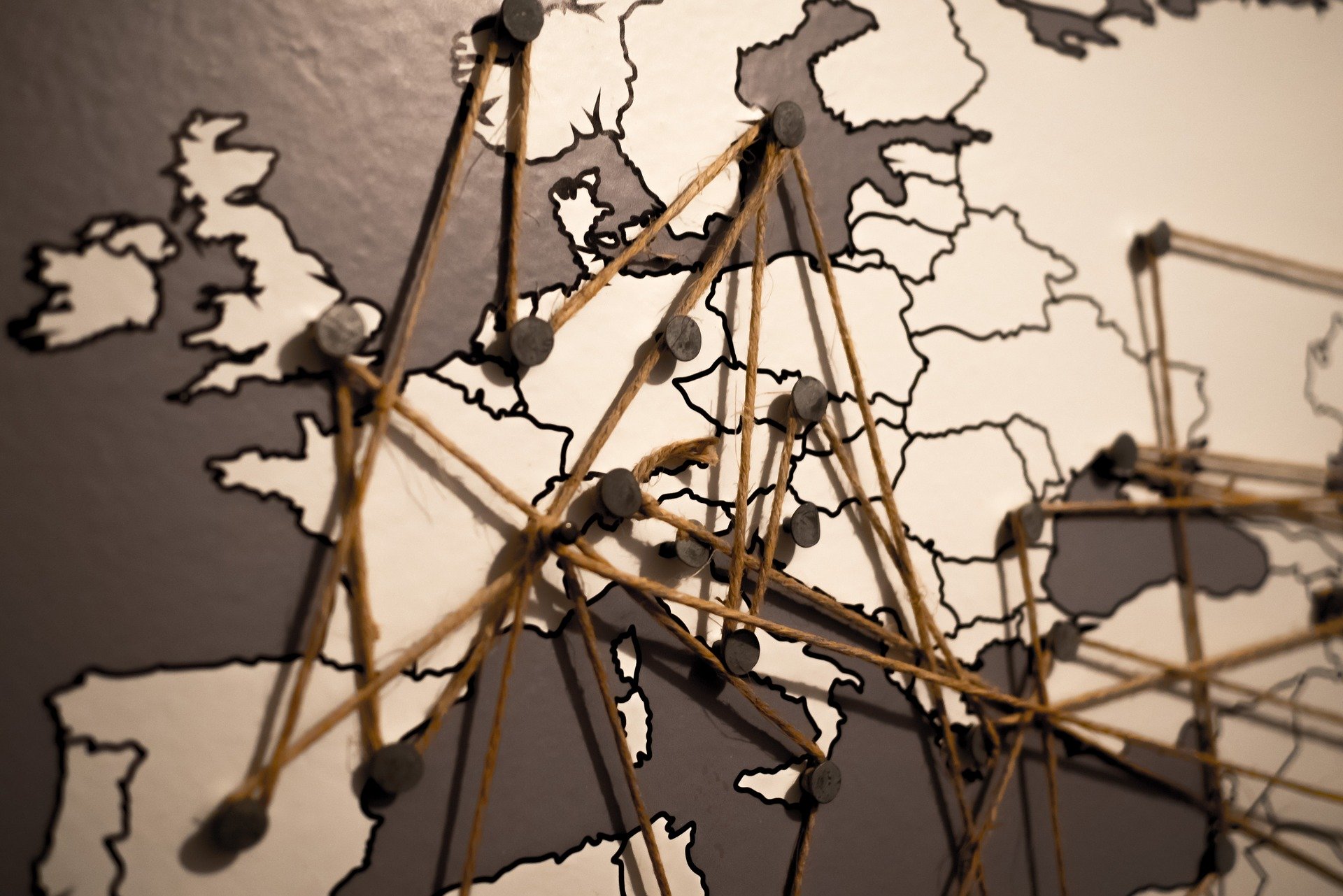The market share of ETFs in Europe is half of the global average, something that will be an uphill battle to change as fund distributors across the continent keep lower-cost solutions off the table.
According to data from Bloomberg Intelligence, exchange-traded products (ETPs) claimed just 7% of European fund assets under management (AUM) in July, even after a decade of explosive growth. Not only is this behind the global average market share of 14% but it also lags the 9% for Asia Pacific and the considerable 20% in the Americas.
The leading cause of this remains distributors focusing on high-margin products and commissions, with a Blackwater Search & Advisory survey of 100 mutual fund managers finding retrocession fees to be the biggest hindrance to further ETF uptake on the continent.
Echoing this sentiment is David Hsu, senior investment product specialist at Vanguard, whose firm also calls for an outright ban on retrocessions and inducements in Europe.
Banning retrocessions
Interestingly, in the UK, the 2012 Retail Distribution Review banned retrocessions as a formal practice. Instead, Hsu argued the main challenge to ETF uptake in the UK is that many fund platforms cannot do fractional dealing – and ETFs must be traded in whole shares whereas mutual funds can be traded in dollar amounts.
Despite this, RDR has been significant for ETF uptake in the UK, with BlackRock predicting in 2019 ETFs and tracker funds would make up 30% of UK wealth portfolios within two years, an increase of 50%.
However, the ban has not been a perfect solution. Henry Jim, ETF analyst at Bloomberg Intelligence, warned although there has been “slightly higher uptake” in the UK versus mainland Europe following RDR, there is “still a lot of soft money” and potentially “a lot of close relationships between the fund managers and their financial advisers” which continues the usage of higher-cost products.
A similar phenomenon has occurred in Asian markets after Hong Kong regulators made it mandatory to disclose which funds distributors were being paid to promote. After this law was introduced, Hsu said smaller fund providers also began engaging in ‘soft dollar’ arrangements such as paying for clients’ Bloomberg Terminals.
Despite the measures being introduced, a lack of a hard ban on retrocessions in Asia means they still play a significant role in which products are being sold and who is buying them.
“In Asia, clients will not even talk to you unless you want to talk about retrocessions – and these were big buyers in the market,” Hsu said.
“I see the same issue here in Europe. Until we start making a move toward an outright ban, this will not change.”
Outside of the ‘soft dollar’ issue, banning retrocessions includes other sticking points such as the potential for loss of jobs for those who are specifically employed by banks to sell on retrocession, Hsu said.
Despite this, he believes an outright ban is the correct solution but argued the public needs to voice support for this to regulators – at present, it is only ETF issuers being vocal on the issue.
Aside from retrocessions, the other conflict of interest that needs to be addressed is fee-grabbing in exposures where cheaper ETFs exist.
Jim said management fees for many mutual funds are three to four times higher than ETFs – before trading, margins and reporting costs are considered – meaning these are the products distributors prefer to sell. “The banks are usually the asset managers and also the distributors,”
Jim argued. “They are vertically integrated and therefore the audience that they do have captured, they have an incentive to sell their high margin products rather than low-cost ETFs.
“When I was working at HSBC, the asset management group was really resistant to launching new funds in general but especially ETFs – they said: ‘why am I launching a new fund and halving my revenues?’.”
Issues of access
Outside of cynical reasons, other barriers to ETF uptake exist based on Europe’s position as a more complex and less mature market than areas such as the US.
For instance, while reporting on trading volumes is improving, Europe still lacks a consolidated tape for exchange-listed data and over-the-counter trades – which host more activity – are only reported daily, whereas in the US, they are reported within 15 minutes of a trade happening, Hsu said.
There are also inconsistencies around different fund structures and tax treatment in different countries. While Hsu said he does not understand why ETFs should have a tax advantage in the US while no advantage exists for mutual funds, equally he did not understand why mutual funds have a tax advantage over ETFs in countries like Spain.
Adoption of ETFs by retail investors is also far lower because of a lack of awareness and innately less interest in investing generally than in the US, which means fewer individuals are actively engaging with ETF educational content published by asset managers.
Accessing ETFs is also more expensive for private investors due to the lack of low-cost electronic brokerages in continental Europe.
Jim said: “When I wanted to open a brokerage account in France, I had to first talk to someone.
It was not clear what the process was and if you looked at the fees, it was around €50 a trade and they also charged custodial fees – so it was difficult and expensive.”
Hsu added around 40% of online brokerage trades in Europe happen over-the-counter (OTC), meaning retail investors are either buying ETFs with wide spreads or potentially waiting days to fulfil limit orders.
“Compare this to a mutual fund, a European investor can open an account with a provider and buy at today’s NAV, they know the price they are going to get,” he said.
Glimmers of hope
However, client demand for low-cost investing driven online platforms such as Scalable Capital to turn to ETFs with great success. Jim noted while some structural components in Germany may be supportive, Scalable Capital doubling its AUM to €10bn in a year is “a sign of things to come”.
Also, while 66% of Scalable client assets are already invested in ETFs, this is even higher in younger demographics, where three-quarters of assets of 18–26-year-olds are in the wrapper.
Another evolution in investment platforms is the growing number of model portfolio providers including ETFs as cost-effective and liquid building blocks. Given ETFs cost upward of $25,000 a month to run, issuers are encouraged to put their own ETFs in multi-asset portfolios to gain traction from a captive audience.
“That is how JP Morgan AM and Goldman Sachs AM came roaring out of the gates,” Jim argued. “All their advisers were stuffing ETFs into their clients’ accounts. They have a captive audience. Putting ETFs in model portfolios also helps them gain scale early on and reach certain thresholds for AUM and volume to be invested in by institutional clients.”
Online platforms and model portfolios using low-cost ETFs as building blocks are key to retail uptake of the wrapper. It now falls to distributors such as banks to move away from focusing on higher margins to lower-cost products that benefit end clients – though this may be wishful thinking.
This article first appeared in ETF Insider, ETF Stream's monthly ETF magazine for professional investors in Europe. To access the full issue, click here.
Related articles







